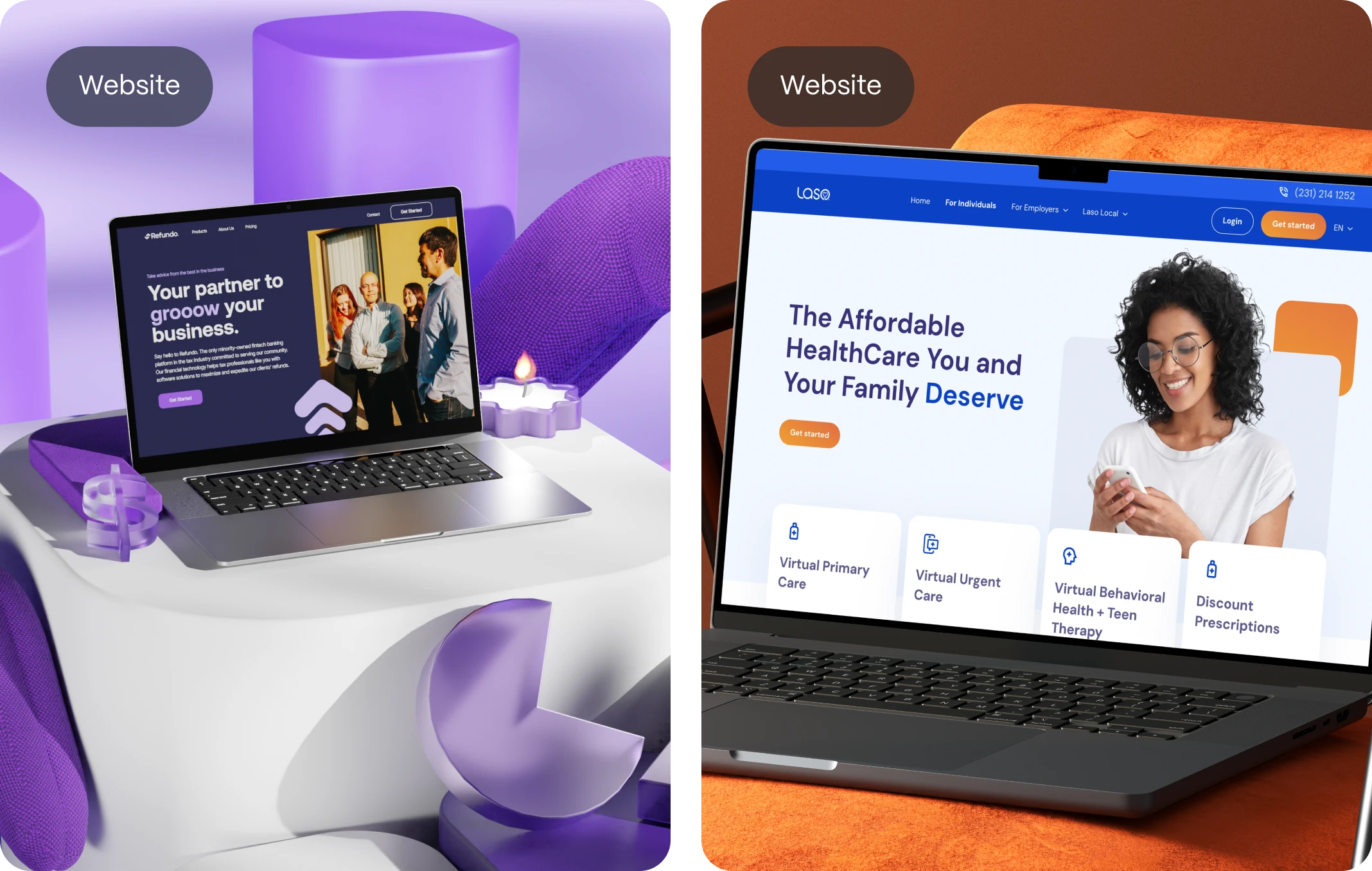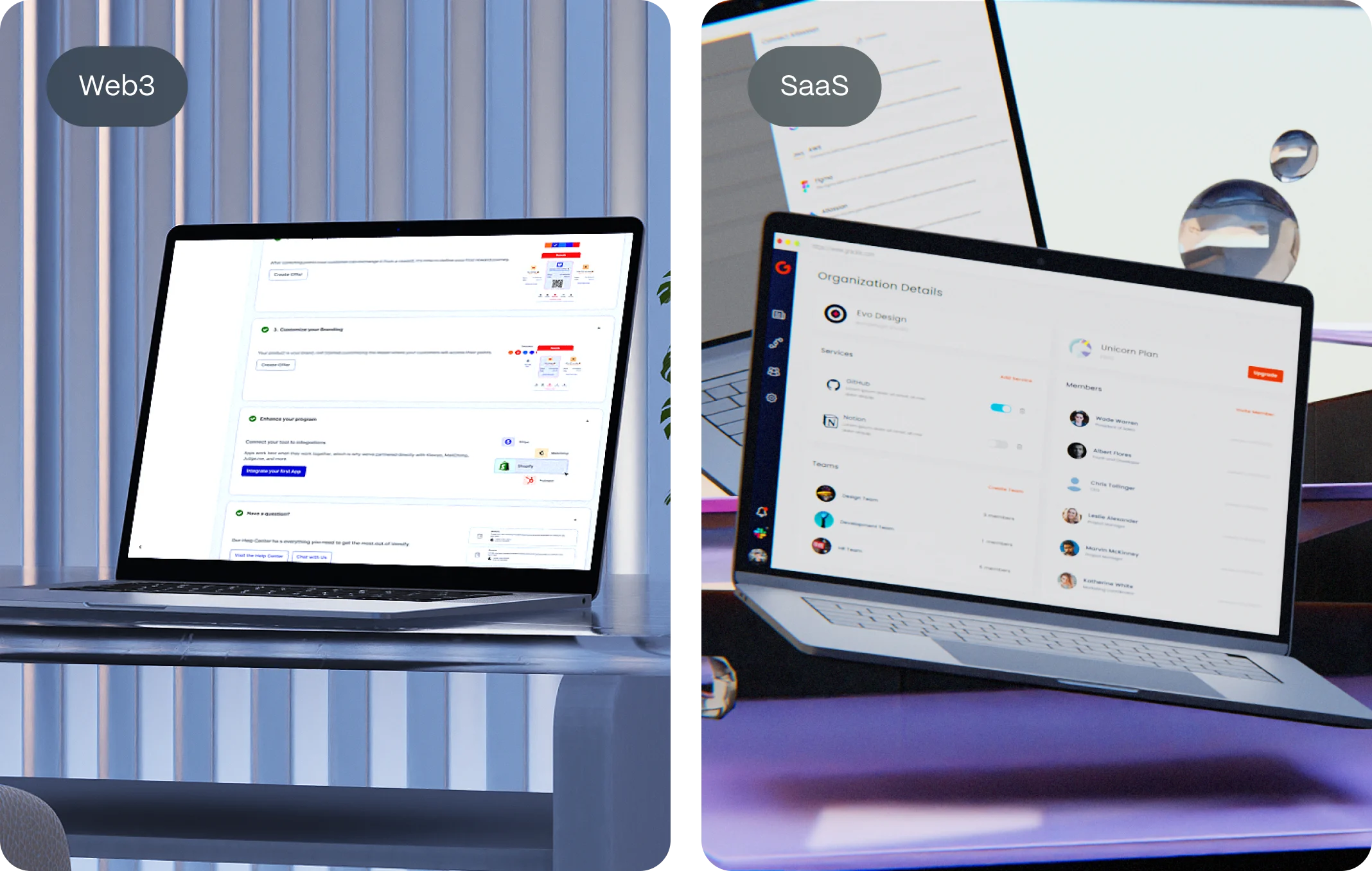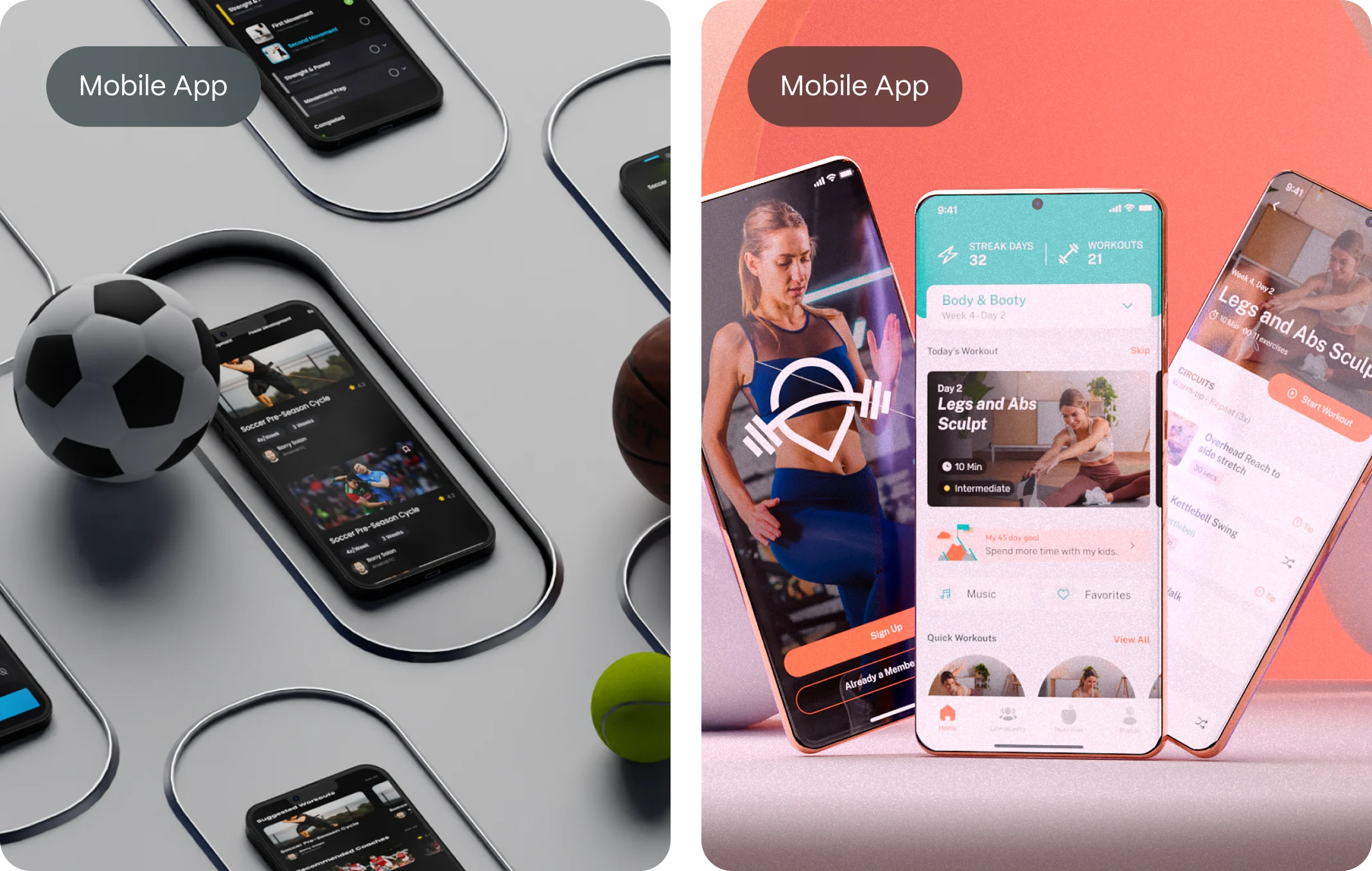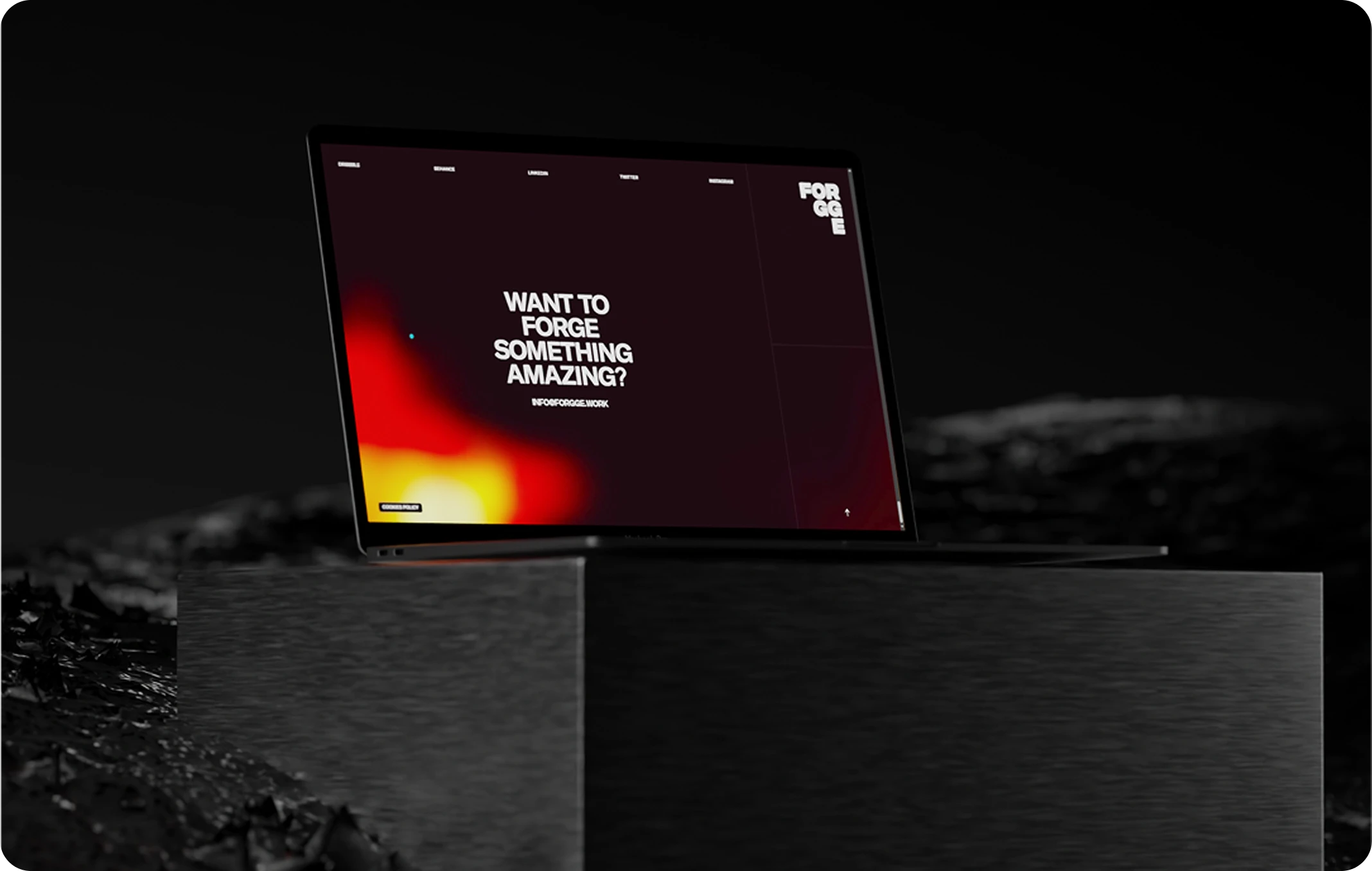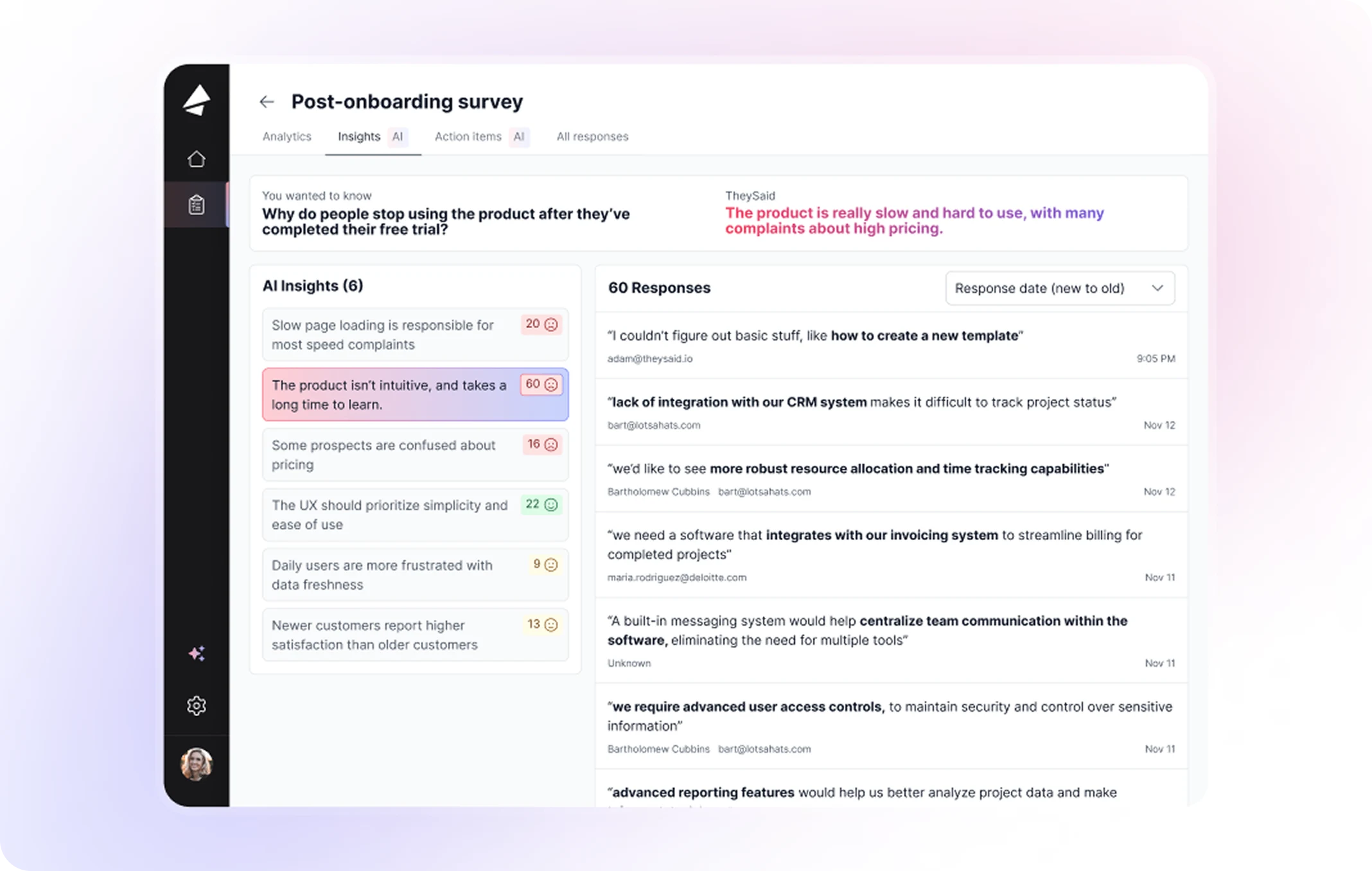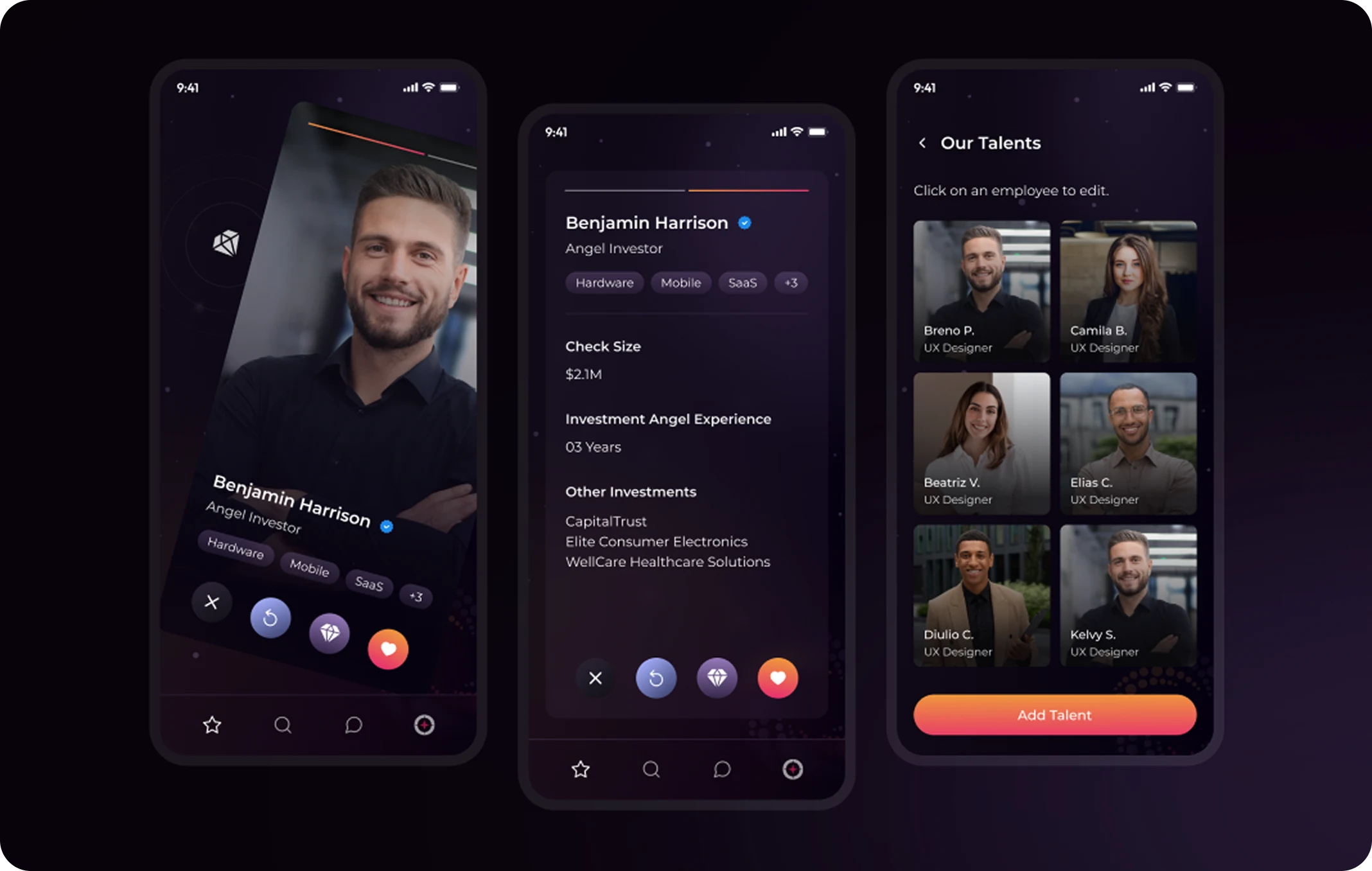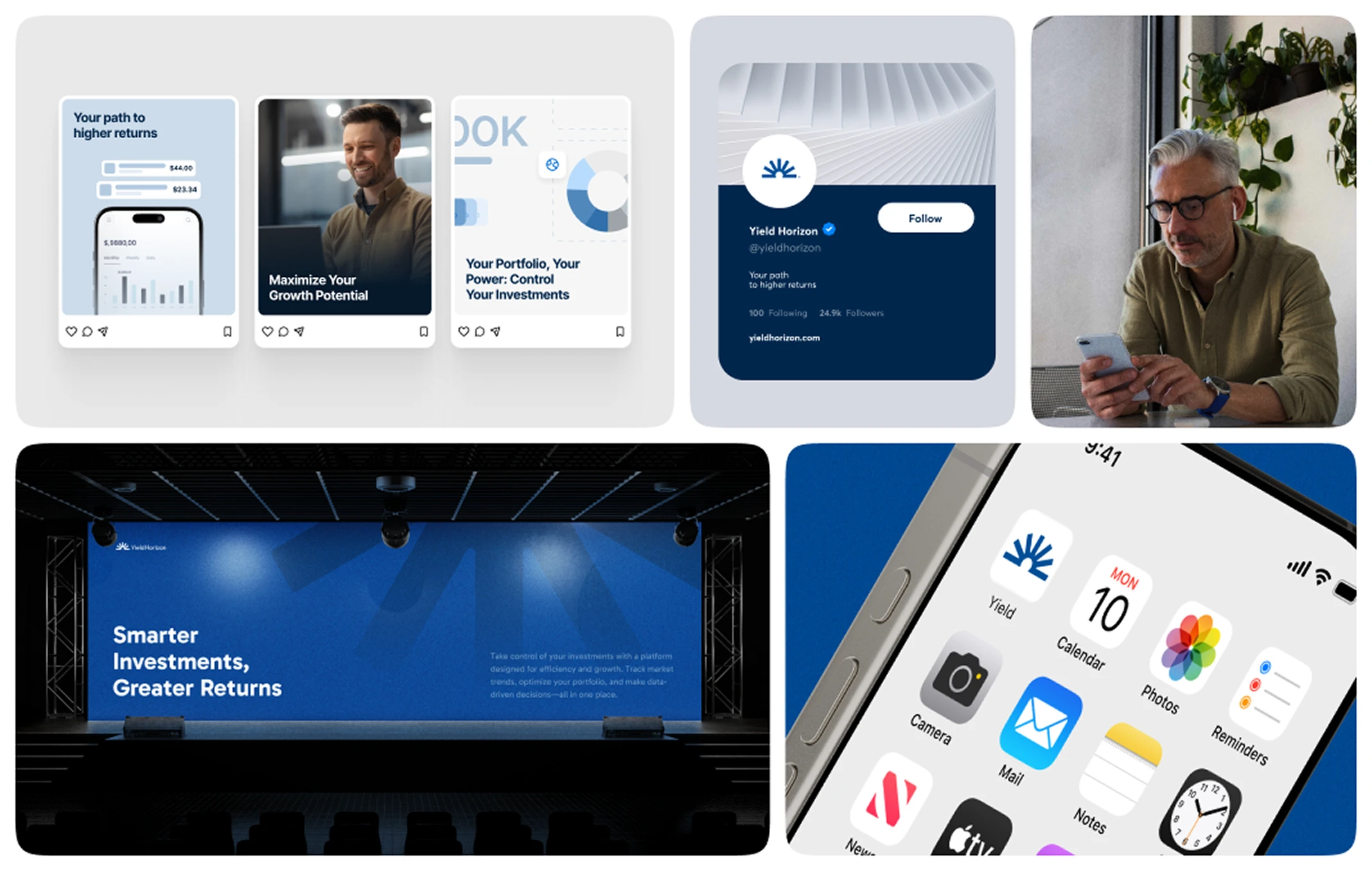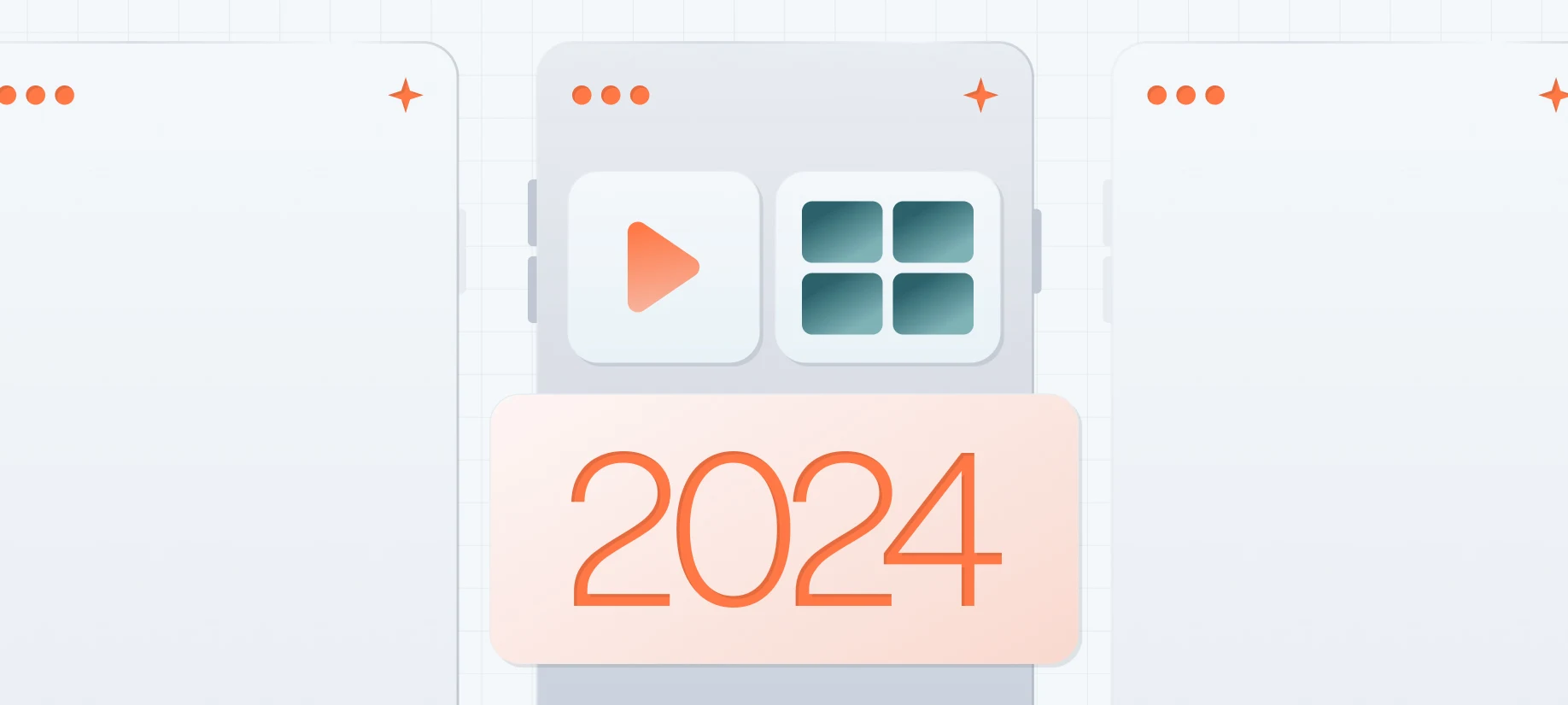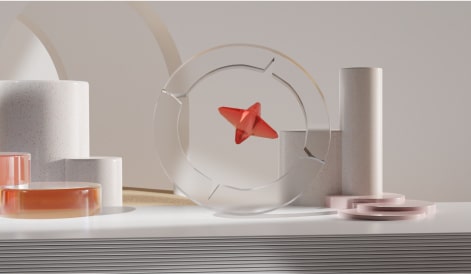The world of UX design is evolving faster than ever, driven by emerging technologies, shifting user behaviors, and an increased focus on inclusivity. Staying ahead of these trends is essential for businesses and designers alike. In this article, we’ll explore the most influential UX trends 2024 has to offer and how these trends are reshaping the digital landscape.
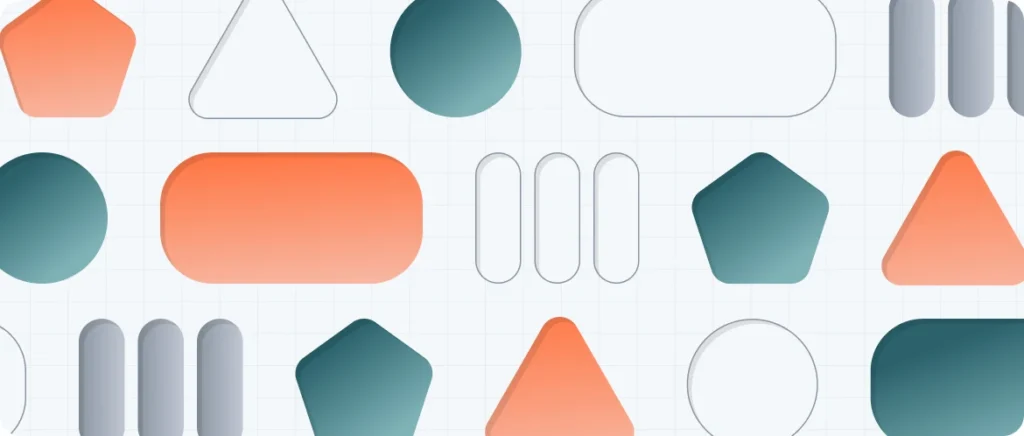
1. Minimalistic and Intuitive Interfaces
Simplicity continues to dominate UI/UX design in 2024. Minimalistic interfaces with uncluttered layouts and straightforward navigation empower users to find what they need quickly, enhancing their digital experience. This trend reflects a strategic shift: less is more, especially when functionality and performance are prioritized over flashy visuals.
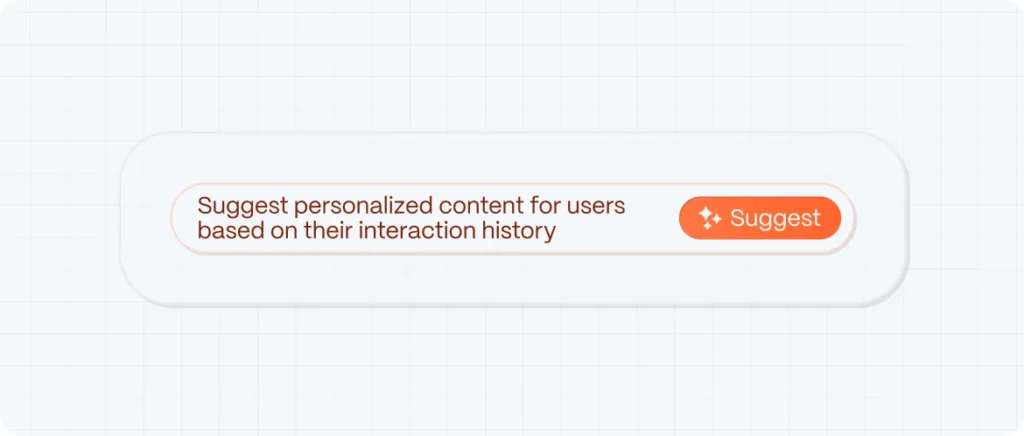
2. AI-Integrated Design and Personalization
The use of AI in UX design is transforming how users interact with digital platforms. From personalized content recommendations to adaptive user interfaces, AI-driven personalization creates tailored user journeys, boosting engagement and satisfaction.
Example: Platforms like Spotify and Netflix already leverage AI to predict user preferences and optimize experiences based on individual behavior.
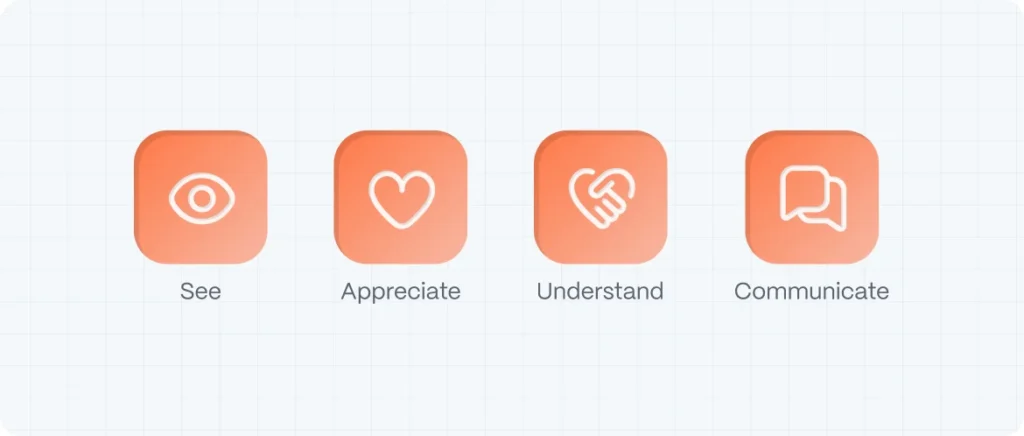
3. Emotional Design and Empathy-Driven UX
Emotional design is becoming a major differentiator for digital products. Interfaces that evoke positive emotions—such as joy, trust, or empathy—are more likely to retain users and build long-term loyalty. This trend encourages designers to create error messages and interactions that feel empathetic and supportive, turning potentially frustrating moments into positive ones.
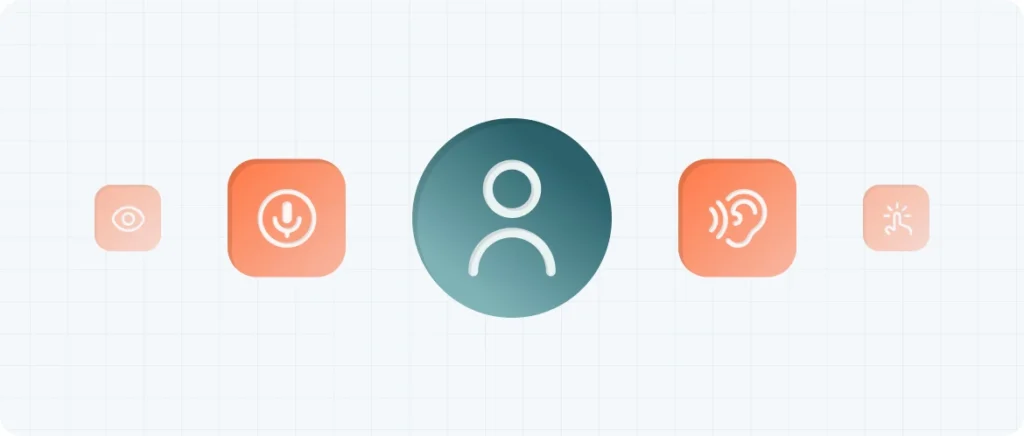
4. Accessibility-First Design
Accessibility is no longer an afterthought—it’s a core principle of UX design in 2024. Designing inclusive interfaces ensures digital products are usable by everyone, including individuals with disabilities. This trend goes beyond legal compliance; it reflects a commitment to creating equitable digital experiences.
Key Elements: High-contrast visuals, clear typography, screen reader compatibility, and adjustable font sizes are critical components of accessible design.
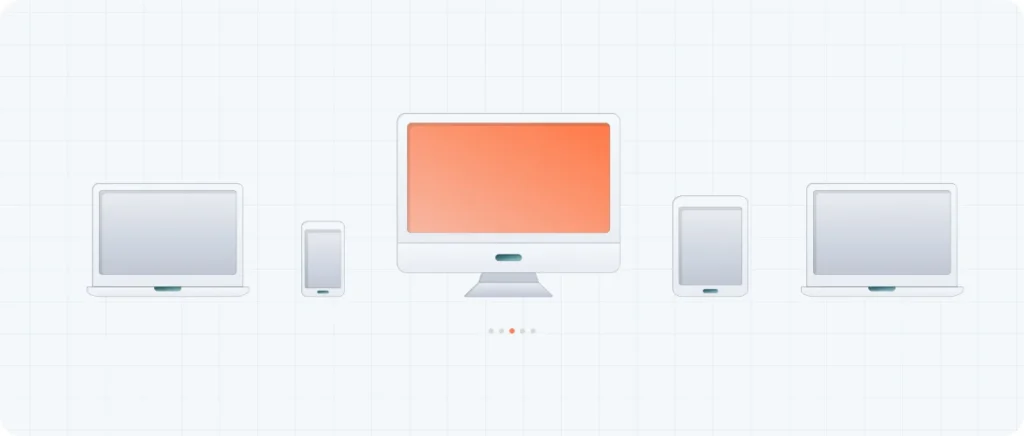
5. Cross-Platform Experiences and Seamless UX
Users now expect seamless interaction across multiple devices. Cross-platform UX ensures that a digital product works equally well on desktops, smartphones, and tablets. Designers are focusing on creating consistent user journeys that allow users to switch between platforms effortlessly, enhancing engagement and satisfaction.
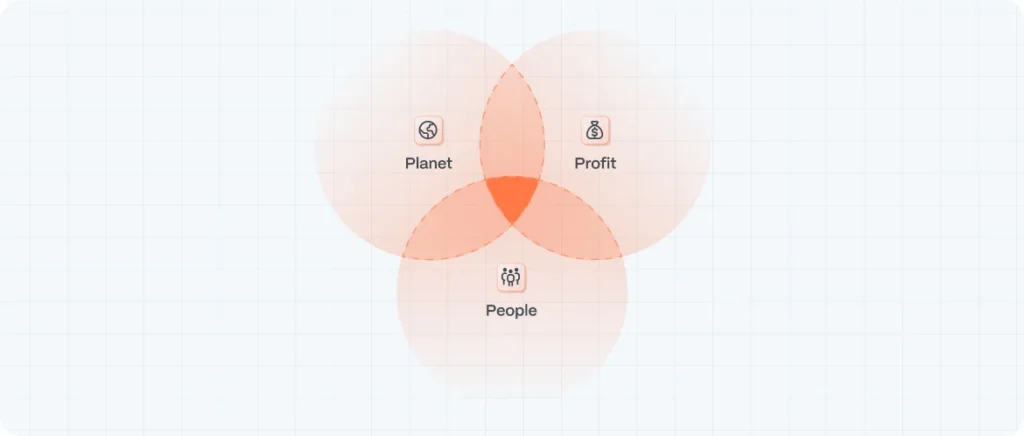
6. Sustainable and Ethical Design
The rise of sustainable design highlights the need for eco-conscious digital solutions. Designers are incorporating practices that reduce energy consumption and promote green UX, acknowledging the environmental impact of digital products. Ethical design also emphasizes transparency and user privacy, building trust between businesses and users.
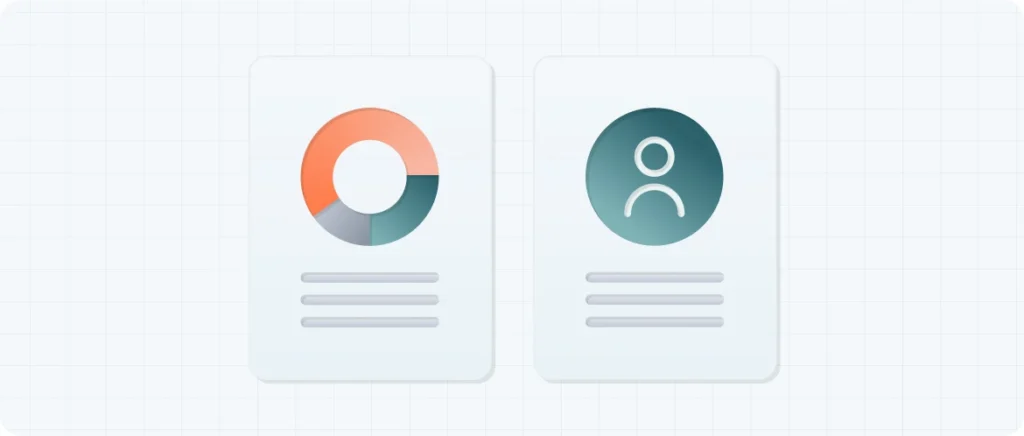
7. Data-Driven Design and User-Centered Research
Design decisions informed by user data are becoming more common. Data-driven design allows for continuous improvement based on real user feedback. This approach ensures that digital products align with users’ evolving needs and preferences, driving business growth.
The UX design trends of 2024 emphasize simplicity, personalization, and inclusivity. From AI-powered interfaces to accessibility-first design, businesses and designers must adapt to these shifts to stay competitive. Understanding and implementing these trends ensures that digital products not only meet user expectations but also drive meaningful engagement and growth
By embracing these trends, companies can create experiences that delight users while fostering trust, loyalty, and long-term success. Evo Design Studio is ready to help businesses navigate these trends with cutting-edge design solutions. Let’s build something great together.
FAQ
What are the top UX design trends for 2024?
Some of the top trends include AI-integrated design, minimalistic interfaces, emotional design, accessibility-first UX, and cross-platform experiences.
Why is accessibility important in UX design?
Accessibility ensures that digital products are usable by everyone, including people with disabilities. It’s essential for inclusivity and compliance with legal standards.
How is AI changing UX design?
AI enables personalized user experiences by analyzing behavior and predicting user preferences. It automates processes, making interactions more intuitive and seamless.
What is emotional design?
Emotional design focuses on creating interactions that evoke positive emotions, fostering user trust, loyalty, and engagement.
How can businesses implement sustainable UX design?
Businesses can reduce their environmental impact by optimizing digital platforms for energy efficiency and embracing ethical practices, such as transparent data usage.

